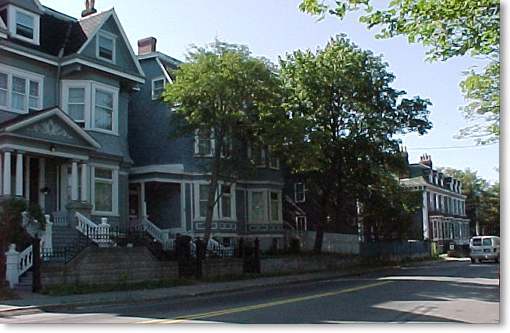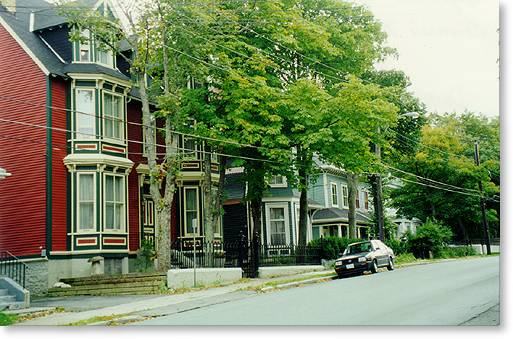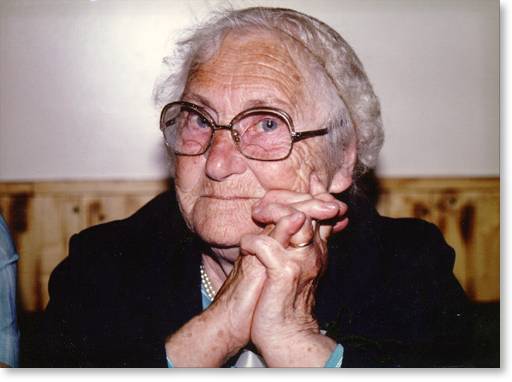Domestics
10. Continue along Rennie's Mill Road with its grand upper-class houses that employed many domestic workers between 1850 and 1950.
In the nineteenth and twentieth centuries, many young women came to St. John's from the outports to work in domestic service in upper class homes. They worked as housekeepers, cooks, maids or general servants, many of them in the homes on Rennies Mill Road.

Often the work meant long hours of difficult physical labour for low wages and limited freedoms defined by the lady of the house. Domestic workers held vulnerable positions in households, reliant as they were on the goodwill of their employers. Sometimes, young women came to the city for the winter, returning to their home communities in the spring to help their families in fishing.

Naomi (Aunt Emmie) Gregory worked for a time on Rennies Mill Road. She went into service in 1916 and describes her life as that of "a slave to the people you worked for.... I had to clean shoes, polish silverware, and wash the floors in the basement ... scrub [the wooden kitchen table] ... until it was as clean as a hound's tooth." Naomi got one night off a week, 8 p.m. to 10 p.m. If she returned late to the house, the door would be locked and "you wouldn't get in at all."

Most young women married and turned to the care of their own homes or, like Naomi, sought work as domestics in the Boston States. Naomi worked there from 1920 until 1933, when she returned to St. John's to work.
Another domestic, Althea Rideout wrote in 1932 that she had started a new job with the Rogers family in St. John's: "- only four in the family and not much washing to do. I haven't got to wring any clothes with my hands. They got a ringer its great." Althea appreciated the telephone as well, as she could easily stay in touch and arrange for social evenings out of the house. Not all domestic servants had access to the family telephone however. In the Rogers household the work was light, and thus was a desirable position to have.
Wages depended on a domestic's skill and work position in the household. In the early 1900s a live-in general servant could be paid as low as $3-$4 a month, and by the 1940s a respected cook might earn $25 a month.
The presence of domestic help in a household opened many opportunities for the women employers to participate in a wider social and political life in St. John's. The WPA, Red Cross, The Girls Friendly Society, church organizations and many other groups benefitted from the work of domestic servants.




